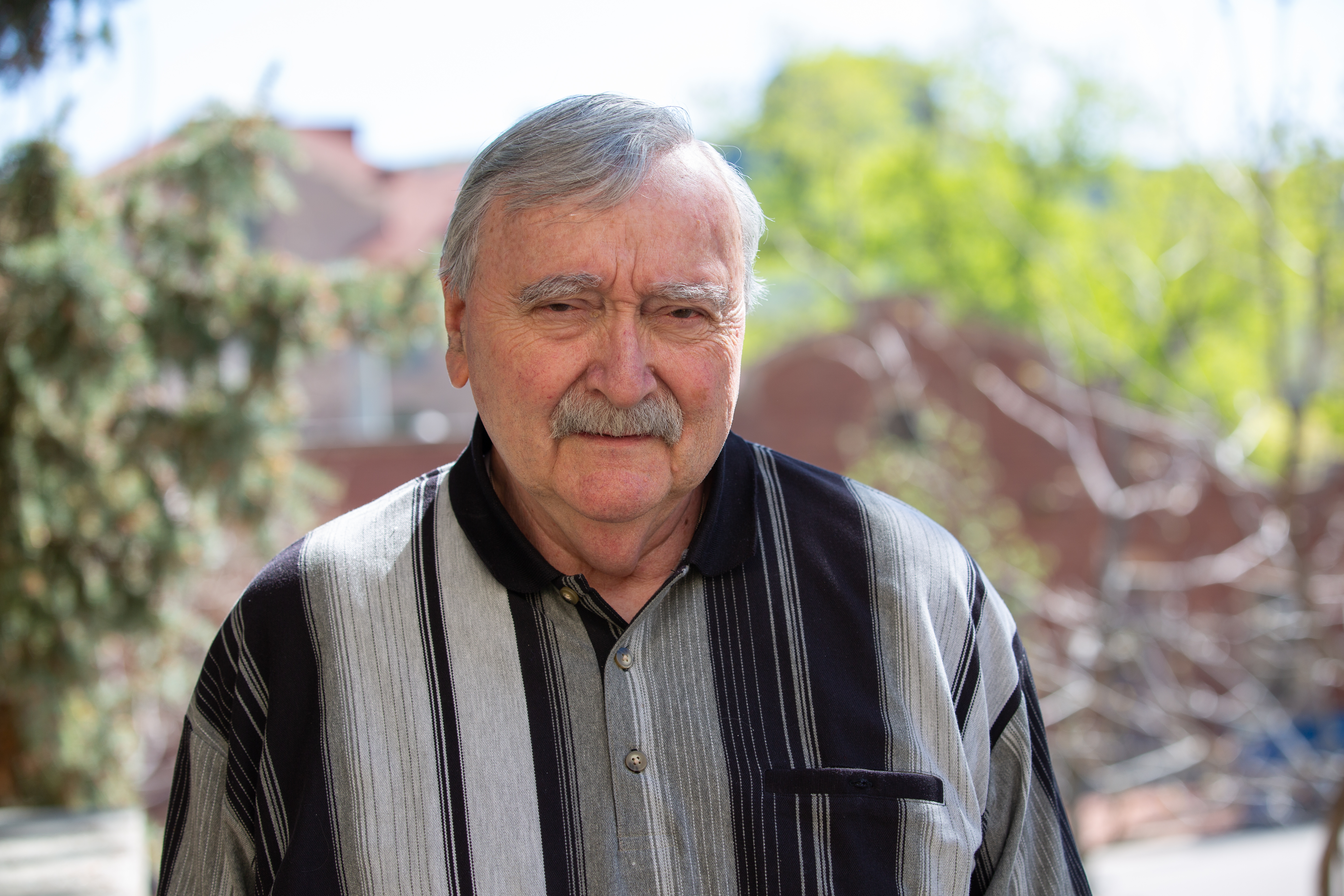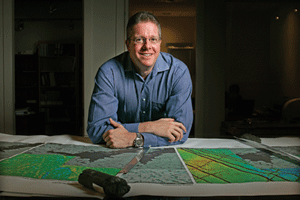Going nuclear

There aren’t many people who can say they’ve visited every federal nuclear site in the United States, but Joe Krupar, Jr. PhD ’73 can. During his career, he carried out inspections and ensured each and every site met appropriate safety standards.
But his career in the nuclear industry had an unconventional start. As a doctoral student studying metallurgy at Mines, Krupar worked with his advisor, Metallurgical Engineering Professor Walt Bradley, on a method for hot-pressing ceramic and metallic materials into a cermet, which is typically used in resistors, capacitors and other electronic components that may experience high temperatures. However, before they could share their results with the public, the U.S. government intervened, classifying Krupar’s dissertation and preventing him from publishing his findings.
“They didn’t even give us a reason,” Krupar said. “I remember wondering, ‘Who are these people who can step in and do that?’”
It turns out, Krupar had been working on the same process the government was using to make mixed oxide fuel—or MOX fuel—a nuclear substance created from uranium hot-pressed with plutonium oxide and used predominantly in nuclear power generation.
Krupar didn’t discover the rationale for the classification of his research until he graduated from Mines and was hired by the Atomic Energy Commission, now part of the Department of Energy. He researched the design and performance of different MOX fuels and helped design, construct and operate an experimental reactor that could produce more plutonium than it burned. Krupar later became an operations manager at the Hanford Site in Washington—where plutonium used in the first nuclear bomb was manufactured in the 1940s—and chaired exchange agreements on MOX fuel between the U.S. and Japan.
Krupar also played a key role in the shutdown of Rocky Flats. Situated between Denver and Boulder, Colorado, Rocky Flats became a cautionary tale for those working with nuclear materials. The plant had operated for many years manufacturing nuclear weapons parts before production was halted in 1989 due to unsafe operating conditions.
In one instance, while inspecting part of the plant, Krupar walked unprotected into a radioactive zone that had no warning signs. When it was clear that production was being prioritized over safety, he demanded the site be shut down.
“When I got to Rocky Flats, I didn’t know what I was in for,” Krupar said. “I can remember my old boss from Hanford, who was on the team that came out to verify shutting the site down, said, ‘I wouldn’t have believed any of this unless I saw it myself.’”
After Rocky Flats was shut down, DOE investigated all of the country’s nuclear sites, with Krupar leading the effort. “I saw some things you just couldn’t believe,” Krupar said. “It was the beginning of a whole process of safety assessments.”
In October 1990, Krupar was awarded the second-highest honor given to civilians at the time: the Meritorious Service Award, in recognition of his accomplishments as a site safety representative at Rocky Flats.
Ultimately, Krupar is happy with where his career ended up, despite the wrench thrown in his plans as a doctoral student. “Mines gave me the technical background, the research experience, the emphasis on communicating what I observed and the desire to commit to public service. It’s all been progress from the classification of my research,” he said. “It’s crazy the way things have worked out.”




Imagine all the lives Joe saved, and inures and illnesses he helped others avoid!